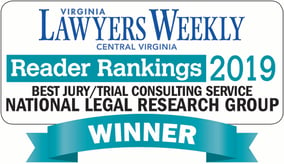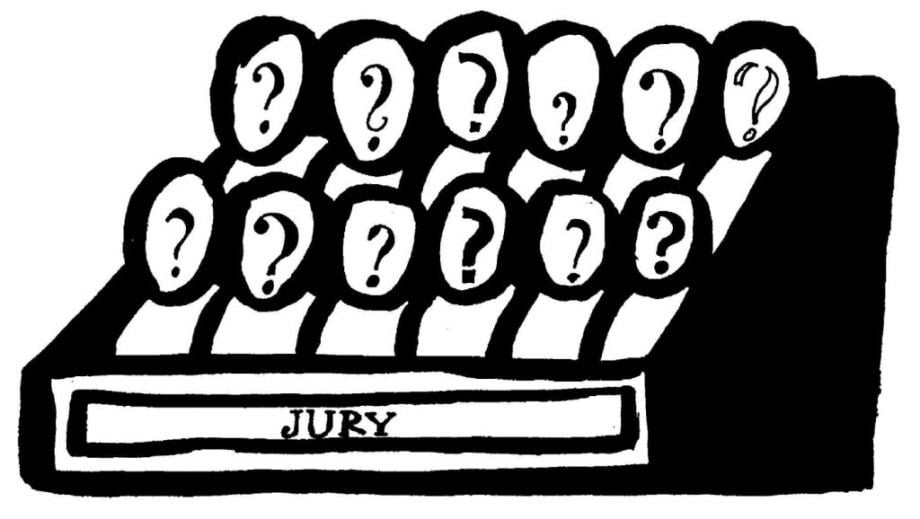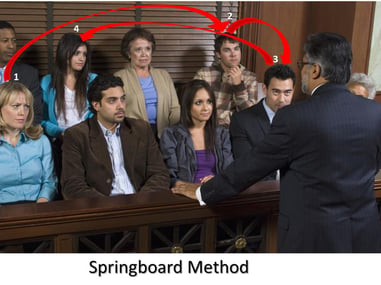“I read your '8 Tips for Group Voir Dire' and thought it was one the best trial technique articles I have read. I really enjoyed it and will use the ideas in teaching my law school class.” - Roy Black, Esquire Black, Srebnick, Kornspan & Stumpf, P.A.
November 14, 2018
Jeffrey T. Frederick, Ph.D.
Mastering Group Voir Dire: Tip 8—Intersperse Majority Response Questions
 Associated Press 2012
Associated Press 2012
So far, our Tips series has focused on setting the stage for effective voir dire (Tip 1; Tip 2; and Tip 3), capitalizing on open-ended questions to increase our understanding of jurors (Tip 4), avoiding the “looking good” bias (Tip 5), crafting questions with the “bad” answer in mind (Tip 6), and using questions that contrast viewpoints or positions (Tip 7). Our next tip addresses asking questions later in voir dire where the majority of jurors will raise their hands. (Click here to see a short video for this tip.)
The Declining Participation Trap
A major problem often encountered during group voir dire is the tendency for participation by jurors to decline as questioning continues. This decline in participation is a result of two major forces. First, the way voir dire is conducted and the type of questions often asked tend to seek minority responses. That is, we are interested in nontypical information, and, as a result, only a few, if any, jurors respond affirmatively to these questions. Consider the following:
“How many of you have had a negative experience with law enforcement?”
“How many of you have been a party to a lawsuit?”
These types of questions focus on a likely minority of jurors who have had certain experiences or hold certain beliefs. This situation is further exacerbated by phrases that unnecessarily promote expectations of nonparticipation (and, potentially, negative connotations). Such phrasing is illustrated in the following approaches:
Read More






 Associated Press 2012
Associated Press 2012
